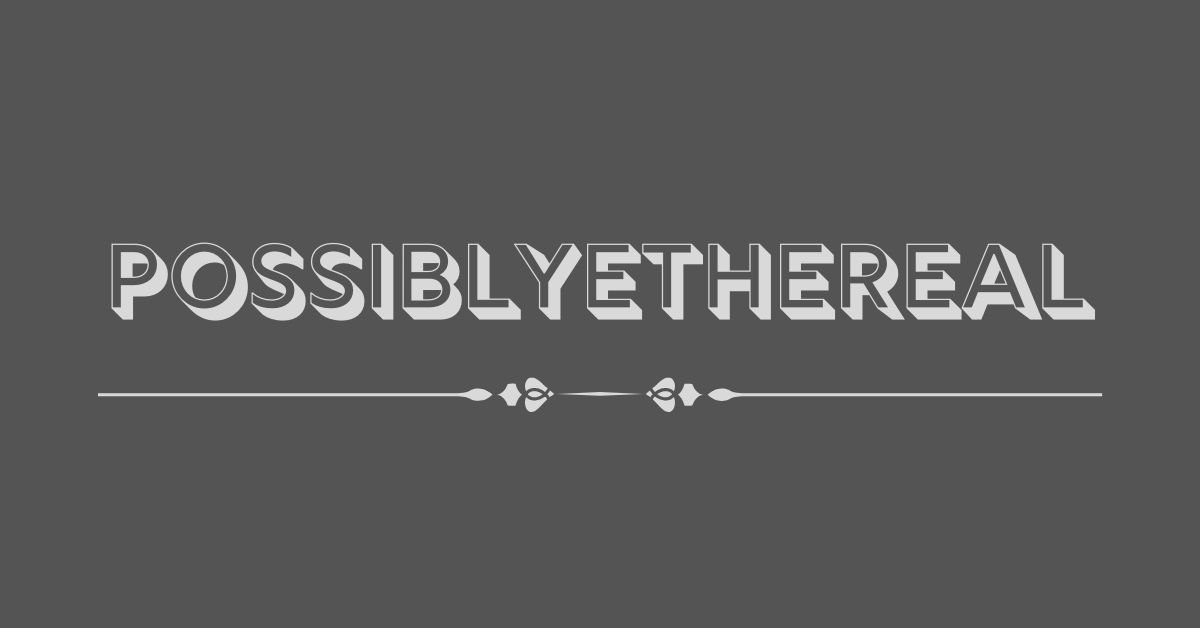Virtual reality (VR) has always been a fascinating realm, capturing our imaginations with the promise of immersive experiences that transcend the physical world. With PossiblyEthereal, we are witnessing the next evolutionary step in this technology, where the boundaries between reality and virtual environments become increasingly blurred. This article delves into the concept of PossiblyEthereal, its impact on user experiences, the challenges it faces, and the future it envisions.
What is PossiblyEthereal?
PossiblyEthereal represents a new frontier in virtual reality, where experiences are designed to be not just immersive but also ethereal—creating a sense of other worldliness that feels almost magical. It aims to enhance the sensory and emotional engagement of users, providing a deeper and more impactful VR experience.
The Evolution of Virtual Reality
Virtual reality has come a long way since its early days. Initially, it was a concept explored in science fiction, captivating audiences with the idea of escaping into different worlds. Over the decades, technological advancements have turned this fiction into reality, making VR accessible and increasingly sophisticated.
Early Beginnings: From Fiction to Reality
In the 1960s and 70s, VR was more of a dream than a reality. The term “virtual reality” itself was coined in the 1980s, and early prototypes of VR systems, such as the Sensorama, laid the groundwork for future developments. These initial forays into VR were rudimentary and limited by the technology of the time.
Technological Advancements: Breaking Barriers
The 21st century saw significant breakthroughs in VR technology. High-resolution displays, motion tracking, and advanced computing power have made it possible to create highly immersive virtual environments. Companies like Oculus, HTC, and Sony have been at the forefront, pushing the limits of what VR can achieve.
Understanding the Concept of Ethereality in VR
Ethereality in VR refers to the creation of experiences that feel otherworldly, surreal, and deeply engaging. It’s about crafting environments and scenarios that go beyond mere simulation, offering users a sense of wonder and amazement that borders on the mystical.
Defining Ethereality in the Context of Virtual Environments
In virtual environments, ethereality can be achieved through a combination of visual aesthetics, sound design, and interactive elements that evoke a sense of magic and mystery. These experiences are designed to be more than just realistic—they are meant to captivate the imagination and emotions of the user.
Applications of Ethereal Experiences in VR
Ethereal VR experiences have a wide range of applications, from entertainment and gaming to education and therapy. In gaming, these experiences can transport players to fantastical worlds, while in education, they can provide immersive learning environments that make complex subjects more engaging. Therapeutically, ethereal VR can offer calming and meditative experiences, helping users manage stress and anxiety.
The Impact of PossiblyEthereal on User Experience
PossiblyEthereal aims to revolutionize the user experience in VR by enhancing immersion and engagement. By creating environments that feel otherworldly, it allows users to fully immerse themselves in the virtual world, leading to more memorable and impactful experiences.
Enhancing Immersion: Engaging the Senses
One of the key aspects of PossiblyEthereal is its focus on engaging all the senses. Visuals are designed to be stunning and surreal, while soundscapes create an auditory experience that complements the visual elements. Haptic feedback and motion tracking further enhance the sense of presence, making users feel like they are truly part of the virtual environment.
Psychological Effects: Navigating Perceptions
The psychological effects of ethereal VR experiences can be profound. By immersing users in environments that defy the ordinary, PossiblyEthereal can evoke strong emotional responses, from awe and wonder to relaxation and introspection. These experiences can also challenge users’ perceptions of reality, offering new perspectives and insights.
Challenges and Limitations of PossiblyEthereal
Despite its potential, PossiblyEthereal faces several challenges and limitations. These include technological constraints, ethical considerations, and the balance between realism and ethereality.
Technological Constraints: Realism vs. Ethereality
Creating ethereal VR experiences requires advanced technology that can render highly detailed and interactive environments. Balancing realism with ethereality is a delicate task, as too much focus on one aspect can detract from the other. Ensuring smooth performance and minimizing latency are also critical challenges that developers must address.
Ethical Considerations: Balancing Fantasy and Reality
As VR becomes more immersive and ethereal, ethical considerations come into play. It’s important to strike a balance between providing fantastical experiences and ensuring users remain grounded in reality. Developers must be mindful of the potential psychological impacts of these experiences and design them responsibly.
Future Trends: Where is PossiblyEthereal Heading?
The future of PossiblyEthereal is filled with exciting possibilities. Innovations in VR technology and a growing understanding of how to create ethereal experiences will continue to push the boundaries of what is possible. We can expect to see even more immersive and engaging VR environments in the years to come.
Innovations in Ethereal VR Technologies
Advancements in VR hardware and software will play a crucial role in the evolution of PossiblyEthereal. Improved graphics, more accurate motion tracking, and enhanced haptic feedback will make ethereal experiences even more realistic and engaging. Additionally, AI and machine learning could be used to create dynamic and adaptive virtual environments that respond to user interactions in real-time.
Integrating PossiblyEthereal into Everyday Life
As VR technology becomes more accessible and widespread, PossiblyEthereal could find its way into various aspects of everyday life. From virtual tourism and social interactions to remote work and education, ethereal VR experiences have the potential to enrich our daily routines and offer new ways to connect and engage with the world around us.
Conclusion
PossiblyEthereal represents a bold step forward in the evolution of virtual reality. By focusing on creating ethereal experiences that captivate the senses and emotions, it has the potential to revolutionize the way we interact with virtual environments. While challenges remain, the future of PossiblyEthereal is bright, promising a world where the boundaries between reality and virtuality are seamlessly intertwined.











